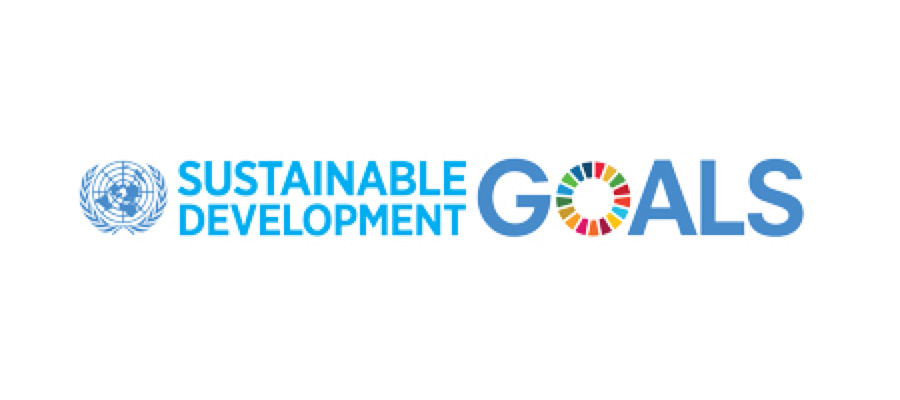November 30, 2015–Earlier this year the UN launched 17 Sustainable Development Goals (SDGs) which define global priorities and seek to mobilize global efforts around a common set of goals and targets to address shared societal challenges by 2030 in the areas of environmental, social, and governance actions.
The SDG’s collective success is predicated on companies and other sectors doing what they are good at and what they are currently focused on to achieve these goals, while stretching and adapting where they can.

At CECP’s Global Roundtable this fall (pictured above), companies shared that they are at varying levels of engagement with the goals– some are just becoming aware and some are already fully aligned. Given that it is a 15 year initiative, corporations that are engaged, or choosing to engage now, view these global goals as guide for long term business and social impact in key areas.
Find your Sweet Spot:
Check out the official 17 Sustainable Development Goals. Chances are, your company’s corporate societal engagement goals already align with at least one of the SDGs.
CECP Data: This visual represents the percentage of total giving that companies from the Giving in Numbers Survey are currently allocating towards focus areas that align with the 17 SDGs.

Within each global goal, there are a number of specific targets. Use the SDG Compass to explore these targets more deeply and then consider the following when determining where your company fits best:
1. Is there one that is a natural focus area for you – either by nature of your business or because of existing programs, related goals or employee interests and skills?
· Johnson & Johnson has business and societal interests andsuccessful programs already in place related to maternal health that align with SDG target 3.1: by 2030 reduce the global maternal mortality ratio to less than 70 per 100,000 live births.
· PepsiCo: Through its philanthropic arm the PepsiCo Foundation, PepsiCo met its goal to partner to provide access to safe water to 6 million people in developing countries by the end of 2015. This corporate goal aligns with SDG target 6.1 by 2030, achieve universal and equitable access to safe and affordable drinking water for all.
2. Is there one that has been a source of risk or stakeholder feedback for your company, where a focused initiative would benefit both society and your company?
· Telecommunications companies like Verizon and AT&T have programs to educate people on the dangers of texting while driving, which align with SDG target: 3.6 by 2020 halve global deaths and injuries from road traffic accidents.
· As the world’s largest retailer, Walmart has an aspirational goal of achieving zero waste across their global operations – which aligns with SDG target 12.5, to substantially reduce waste generation through prevention, reduction, recycling and reuse.
If you answered yes to either of the above – you’ve found your sweet spot!
Get your Company Aligned and Take Action:
- Pull together what you are already doing– cash and foundation giving, product donations, volunteer time, employee giving and other sources of “good” beyond traditional giving.
- Create or re-work existing internal and external messaging around why your company is focusing on this goal, and what you are already doing to make progress. Bring employees into the story so they understand how their individual work can help address these global goals.
- Get your CEO on board. Communicate the value and need of alignment with the global goals in a way that resonates with executives: “Companies that align their priorities with the SDGs can strengthen engagement of customers, employees, and other stakeholders”. SDG Compass
- For collective progress to be understood and tracked, it’s important to set goals early on that relate to the indicators agreed upon by the UN. When working with existing and new nonprofit partners, look for ways to align their goals, your company’s goals, and the Sustainable Development Goals wherever possible. Use the metrics and indicators in the SDG Compass as a guide.
- Explore opportunities to take part in existing global movements related to your focused goal, such as #GivingTuesday and others on this calendar of global events. Share your progress and involvement using #action2015
- Connect with peers in corporate societal engagement to discuss these ideas, SDG progress, and opportunities for collaboration at the upcoming CECP Summit in NYC on May 24-25, 2016.
Key Resources:
CECP Team: schedule a session to brainstorm messaging for executives, employees and external stakeholders or connect to peers who have progress on the goals.
SDG Compass: developed by GRI, the UN Global Compact, and the World Business Council for Sustainable Development, an organization to help companies align, measure, and manage SDG efforts.
Impact2030: a coalition designed to marshal the power of human capital/volunteer investments to address the SDGs.
Tools: Use Giving in Numbers to see which goals your current societal investments are already addressing.
Reports: Corporate Citizenship From My World to Our World: What the SDGs Mean for Business research on the history behind the SDGs and the implications for business
Connect with companies that have publicly announced their support to learn lessons and build partnerships (CECP can help connect you!), such as Pearson, BNY Mellon, Microsoft, Pfizer, Kimberly Clark, Unilever, PwC,Deloitte, Credit Suisse, Dow, Deutsche Bank, Intel, IBM, and many more.
CECP is a coalition of CEOs united in the belief that societal improvement is an essential measure of business performance. Founded in 1999, CECP has grown to a movement of more than 150 CEOs of the world’s largest companies across all industries. Revenues of engaged companies sum to $7 trillion annually. A nonprofit organization, CECP offers participating companies one-on-one consultation,networking events, exclusive data,media support, and case studieson corporate engagement.


